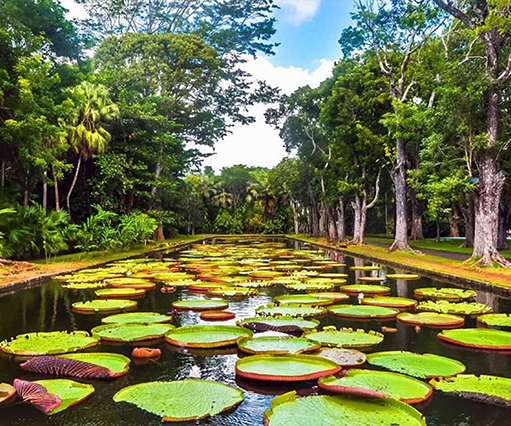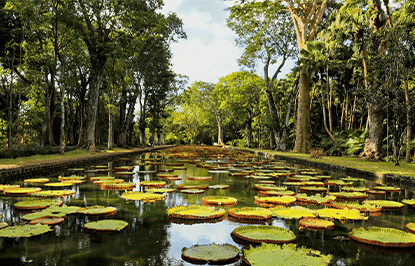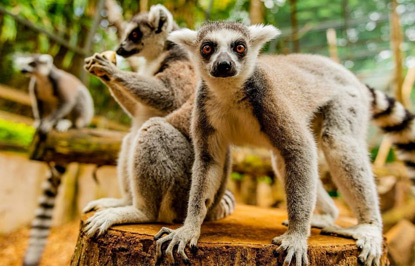The Dodo of Mauritius – A Legend Lost in Time
Ever heard the phrase "as dead as a dodo"? While it might sound like a quirky saying, the story behind it is anything but dull. Meet the dodo – a flightless bird that once roamed freely on the lush island of Mauritius, now a symbol of extinction and one of the island's most famous former residents.

Whether you’re a wildlife lover, a history buff, or just curious about Mauritius beyond its beaches, the tale of the dodo is one that’s both fascinating and heartbreaking. Read on to discover how this gentle giant lived, how it vanished, and why it still captures our imagination today.
Where Did the Name "Dodo" Come From?
The name dodo is believed to come from the old Portuguese word “doudo”, meaning “fool” or “crazy.” Some say it might have referred to the bird’s awkward walk, chubby body, or its naïve friendliness toward humans – a trait that sadly led to its downfall.
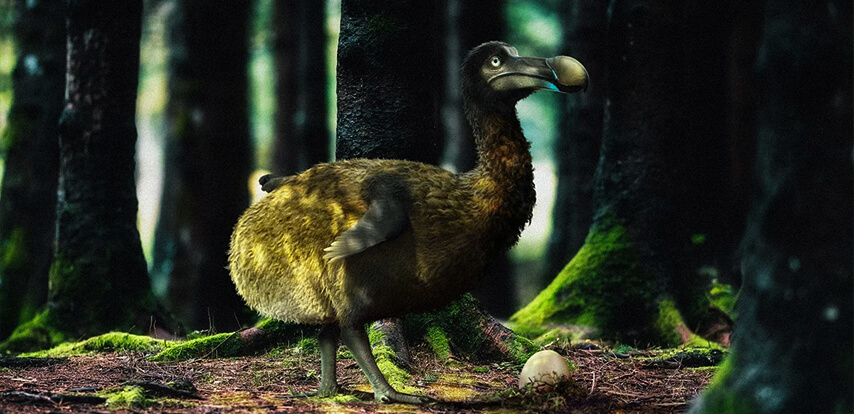
The Dodo’s Background: A Timeline of Its Life & Extincion
- Millions of years ago: Mauritius, an isolated island in the Indian Ocean, became home to the dodo — a flightless bird with no natural predators, living peacefully in dense forests.
- ~1000 AD: Arab sailors likely pass by Mauritius, though the island remains unrecorded on early maps.
- 1488: The Portuguese round the Cape of Good Hope and become the first recorded Europeans in the region.
- 1598: The Dutch arrive in Mauritius and encounter the dodo for the first time — a bird so fearless, it walks right up to humans.
- 1638: The Dutch establish a settlement. Forests are cleared for agriculture, and invasive species like rats, pigs, and monkeys are introduced.
- Mid-1600s: The dodo population begins to decline rapidly due to hunting and the destruction of its habitat and nests.
- 1688–1693: The last known sightings of the dodo are recorded. Within decades, the species becomes extinct.
Read more about the History of Mauritius here.
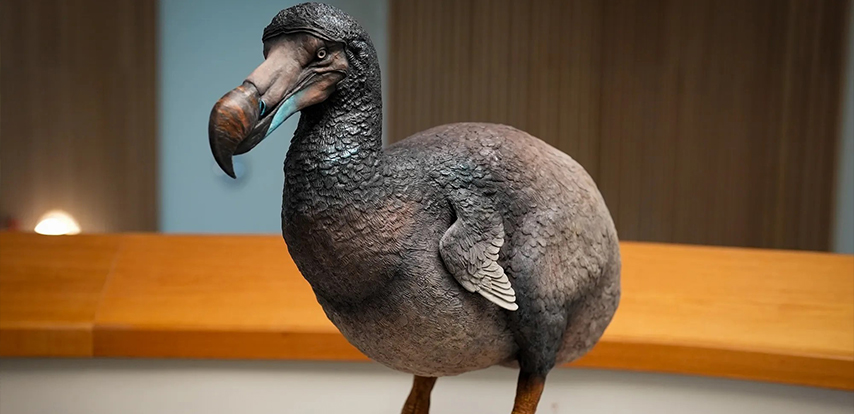
What Did the Dodo Look Like?
Think of the dodo as a chunky, oversized pigeon that couldn’t fly. Scientifically known as Raphus cucullatus, the dodo could grow up to 1 metre tall and weigh around 20 kg.
Covered in soft grey feathers with a little white tail, it had a large curved beak, short yellow legs, and a rather curious expression. Built for a laid-back island life, it waddled rather than walked, and had no fear of humans or animals – because it never had to deal with predators... until they arrived.
With its short wings and heavy build, the dodo was unable to fly or escape from predators, making it an easy target.
Dodo Extinction
The first Dutch sailors landed in Mauritius in 1598. The dodo, never having seen humans before, welcomed them with zero fear – which made them easy prey. Settlers quickly began hunting dodos for food, and other animals brought to the island (like rats, pigs, and monkeys) started eating their eggs and chicks. Bit by bit, the dodo’s natural habitat disappeared, along with its population.
The last claimed sighting of a Dodo was reported in the hunting records of Isaac Johannes Lamotius in 1688. Statistical analysis of these records by Roberts and Solow gives a new estimated extinction date of 1693.
Even though the rareness of the Dodo was reported already in the 17th century, its extinction was not recognised until the 19th century. This was partly because, for religious reasons, extinction was not believed possible, and partly because many scientists doubted that the Dodo had ever existed.
It seemed altogether too strange a creature, and many believed it a myth.
Where Can You See a Dodo Today?
Museums around the world display dodo skeletons, but none - including those in Mauritius - possess a complete skeleton from a single individual.The British museum had a complete specimen in their collection up until the 18th century that was actually mummified (including skin etc).
- In Mauritius, the capital Port Louis will bring you to the Natural History Museum, where old sketches and skeletons of the legendary bird are showcased.
Book a tour to the Natural History Museum today! - From 2nd June to 4th July 2006, a group of British, Dutch, and local researchers lead a dig at a swamp located south-west of the island in Mare aux Songes in the hope of discovering remains of the Dodo for the purpose of better understanding the Dodo's behaviour in an undisturbed environment.
- This organized excavation followed a successful prospecting effort the previous year, during which over 700 dodo bones - including those of both adults and chicks - were uncovered.
A Dodo Comeback?
It might sound like science fiction, but scientists are working on using gene editing to bring the dodo back from extinction. Researchers at the Institute of Science and Technology Austria (ISTA) are combining biology and tech to potentially revive this lost species.
It’s not just about the dodo – it’s about changing how we think about extinction itself.
Want to Know More?
The story of the dodo is more than a sad tale – it’s a reminder of how quickly nature can be lost, and how important it is to protect what we still have. When you visit Mauritius, make sure to stop by the Natural History Museum in Port Louis for a peek into the past… and maybe, the future.


















